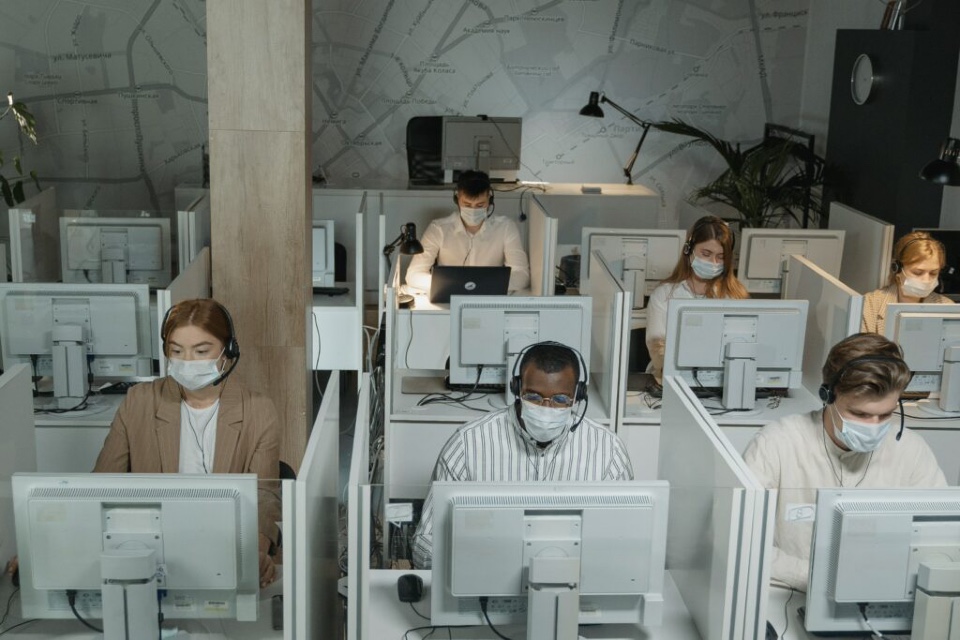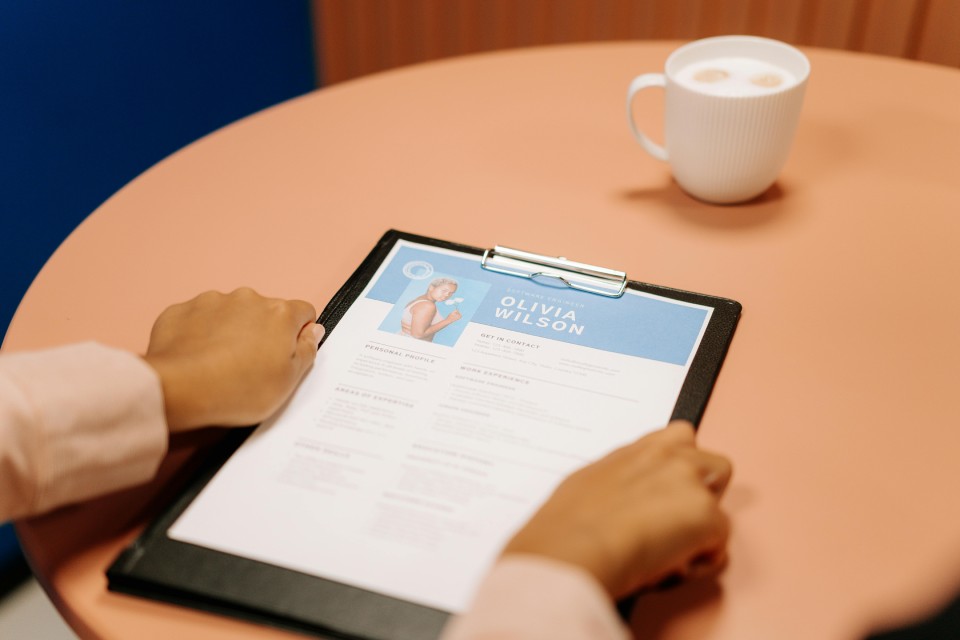A survey of 5,000 staff who have been working from home during the pandemic found that two fifths (43 per cent) admit to now suffering from ‘WFH fatigue’.
With restrictions ending on July 19, the typical office worker wants to go into the office between two and three days per week.
But 60 per cent feel the company they work for needs to improve the office environment to prevent staff becoming ill in the future.
And a third (35 per cent) are concerned their workplace has not been made ‘Covid secure’.
The study by facilities management experts Mitie also found the top features employees want to improve safety in the workplace.
This includes hand sanitiser at every desk, toilets cleaned more frequently, better ventilation, and more space between workstations.
Other suggested changes include more ‘touch point’ cleaning on bannisters, door handles and lift buttons, one-way walkway systems and investment in technology like ultraviolet disinfection systems.
Dan Guest, chief operating officer, Mitie Technical Services, said: “While working from home has been a success for many, it’s clear that people are ready to return to the office, but employees need to be reassured that their workplace is clean and safe.
“It’s important that businesses listen to their colleagues’ concerns and ensure the workplace is a safe environment ready for their return.
“This can include small gestures like hand sanitiser on desks and free masks, but also investing in technology like systems that use ultraviolet light to kill germs or thermal imaging cameras to detect when people have a raised temperature will go a long way to ensuring colleagues are confident with coming back to the office.”
The research also found that more than a third (35 per cent) of workers think their career has been negatively affected by working from home – with this figure rising to almost half (47 per cent) among those aged 18 to 34.
The work process has also been negatively affected for 55 per cent who think team collaboration and creativity has been hampered by working from home.
It also emerged that 82 per cent of workers are now more likely to call in sick or work from home than drag themselves into the office because they are more aware of the risk of spreading germs.
And 87 per cent want a flexible working pattern which allows them to work from home or the office depending on the task.
Three quarters (74 per cent) wouldn’t work for a company that didn’t allow them to work flexibly, while 81 per cent would avoid a role if the firm had poor office facilities.
More than three quarters (79 per cent) would also be attracted to work for a company that invests in technology to ensure their safe return to the office.
TOP WORKPLACE CHANGES OFFICE WORKERS WANT TO SEE:
Hand sanitiser at every desk
Toilets cleaned more frequently
Better ventilation systems
Better cleaning regime generally
More space between workstations
Increased ‘touch point’ cleaning – bannisters, door handles etc…
Free masks
Reduced office/meeting room capacity to allow for social distancing
One-way systems
More visible cleaners
Desk booking apps/systems
Rules around making drinks for others
Ultraviolet disinfection which uses ultraviolet light to kill germs
Thermal imaging technology which can detect when people have a raised temperature










